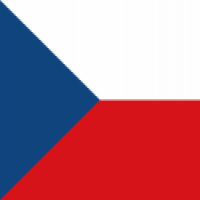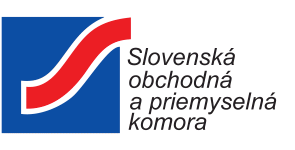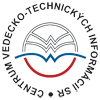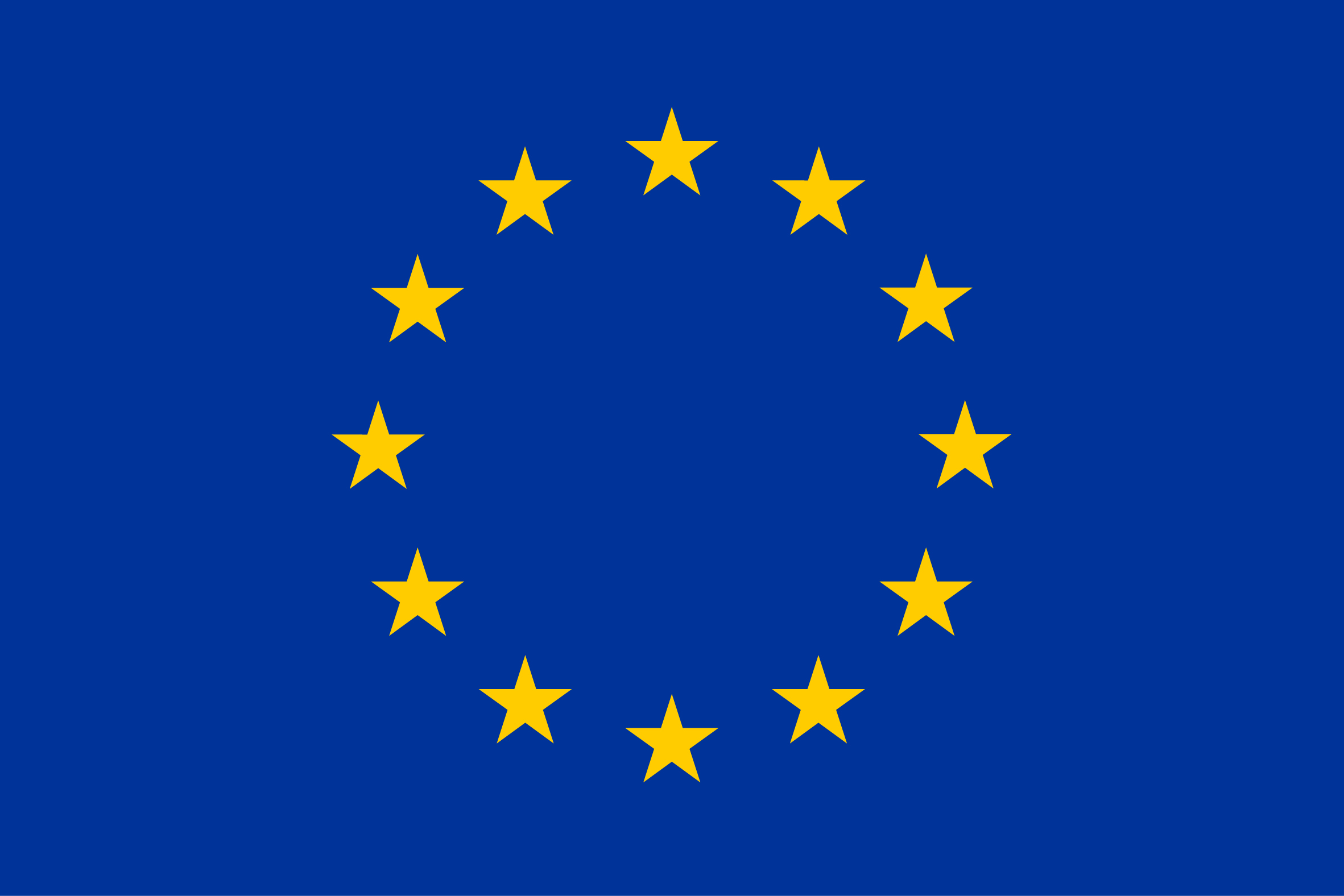Summary:
Researchers from the Czech university have developed and tested a miniaturised device for measuring the light reflections at an opaque surface based on bidirectional reflectance distribution function and the bidirectional texture function. Applications are in 3D graphics and games, virtual and augmented reality, industrial design, archaeology, geography, material testing and product marketing.
The researchers are looking for manufacturing partners interested in a licensing agreement.
Description:
Measuring how the light is reflected at an opaque surface describes so-called Bidirectional Reflectance Distribution Function (BRDF) is utilised in the optics of real world light and in computer graphics algorithms for photo-realistic rendering of synthetic scenes, as well as in computer vision for many inverse problems such as object recognition.
A spatially varying BRDF is so-called Bidirectional Texture Function (BTF). This is a 6-dimensional function depending on planar texture coordinates (x, y) as well as on view and illumination angular directions. In practice, this function is obtained as a set of several thousands of colour images of material sample taken during different camera and light positions and provide much richer visual appearance representation and reproduction.
Currently used technologies in practice are based on stationary BRDF gantries. The samples such as cultural heritage objects cannot be measured because it is prohibited to move such samples from their current position.
The researchers from the Czech university have developed a portable device, which achieves a high speed of measurement while maintaining high degree of accuracy.
The main principle of the device is a lightweight and compact hemispherical skeleton with cameras movable along the meridian and with Light Emitting Diode (LED) modules shining light onto a sample surface.
While the positions of the LEDs are fixed on the hemisphere, the cameras installed are allowing to cover the range of the zenith angle from 0 to 75 degrees and by rotating the cameras along the axis of the hemisphere the offered device can cover all possible camera directions.
This allows taking measurements with almost the same quality as existing stationary BTF gantries. Two degrees of freedom can be set arbitrarily for measurements and the other two degrees of freedom are fixed, which provides a trade-off between accuracy of measurements and practical applicability.
The researchers also designed and tested an autocollimator and marker sticker method to allow an easy device positioning before measurement, rectification, and alignment of acquired images during data processing.
The researchers expect the offered device to be applicable in the field of virtual prototyping, measurements (e.g. characteristics and visual appearance of surfaces), automotive industry, architectural design, movie and gaming industry and in digital industry production pipelines including augmented and virtual reality.
The researchers are looking for manufacturing partners interested in a licensing agreement. The subject of the licensing will be know-how (principle, detailed scheme of the offered device) as well as know-how for manufacturing of the device.
Type (e.g. company, R&D institution…), field of industry and Role of Partner Sought:
The university would like to cooperate with a partner from industry, who would like to manufacture the offered technology based on a licensing agreement.
The partner sought is expected to be active in one or more of the following industries:
- virtual prototyping
- measurements (e.g. characteristics and appearance of surfaces)
- automotive
- architecture
- movie and gaming industry
- digital production (augmented and virtual reality).
Stage of Development:
Prototype available for demonstration
Comments Regarding Stage of Development:
The device has been tested in a real environment.
IPR Status:
Patent(s) applied for but not yet granted,Patents granted
Comments Regarding IPR Status:
Patents granted in USA, UK, Germany, France, South Korea, and the Czech Republic. Patent applied but not granted in Japan, yet.
External code:
TOCZ20210318001








